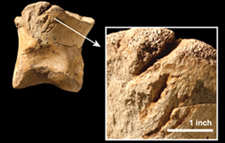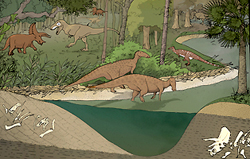Made in IBM Labs: McKesson Taps IBM to Reduce Greenhouse Gas Emissions, Boost Pharmaceutical Supply Chain Efficiency
*Collaborative Research Project Uses Analytics Technology to Improve Effectiveness of North American Pharmaceutical Distribution Network*
ARMONK, N.Y. – 15 Nov 2010: McKesson Corporation and IBM are teaming on an initiative aimed at reducing carbon dioxide emissions and trimming drug distribution costs. Working with IBM researchers and business consultants, North America’s largest distributor of prescription drugs is bringing a new level of intelligence to the pharmaceutical supply chain as well as its own business operations.
McKesson supplies one-third of the prescription drugs used by hospitals and pharmacies in North America every day. The company provides pharmaceuticals to more than 40,000 health locations in the U.S., ranging from hospitals and health systems to community pharmacies and national chain stores to the Department of Veterans Affairs. (more…)



